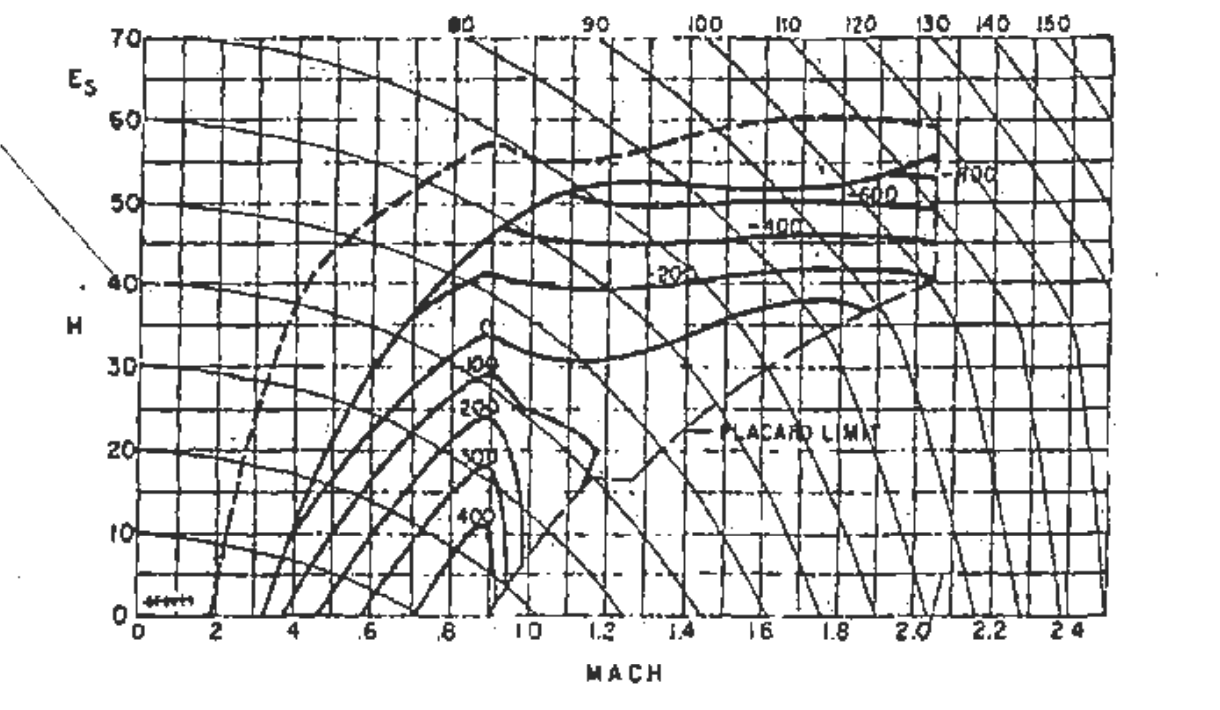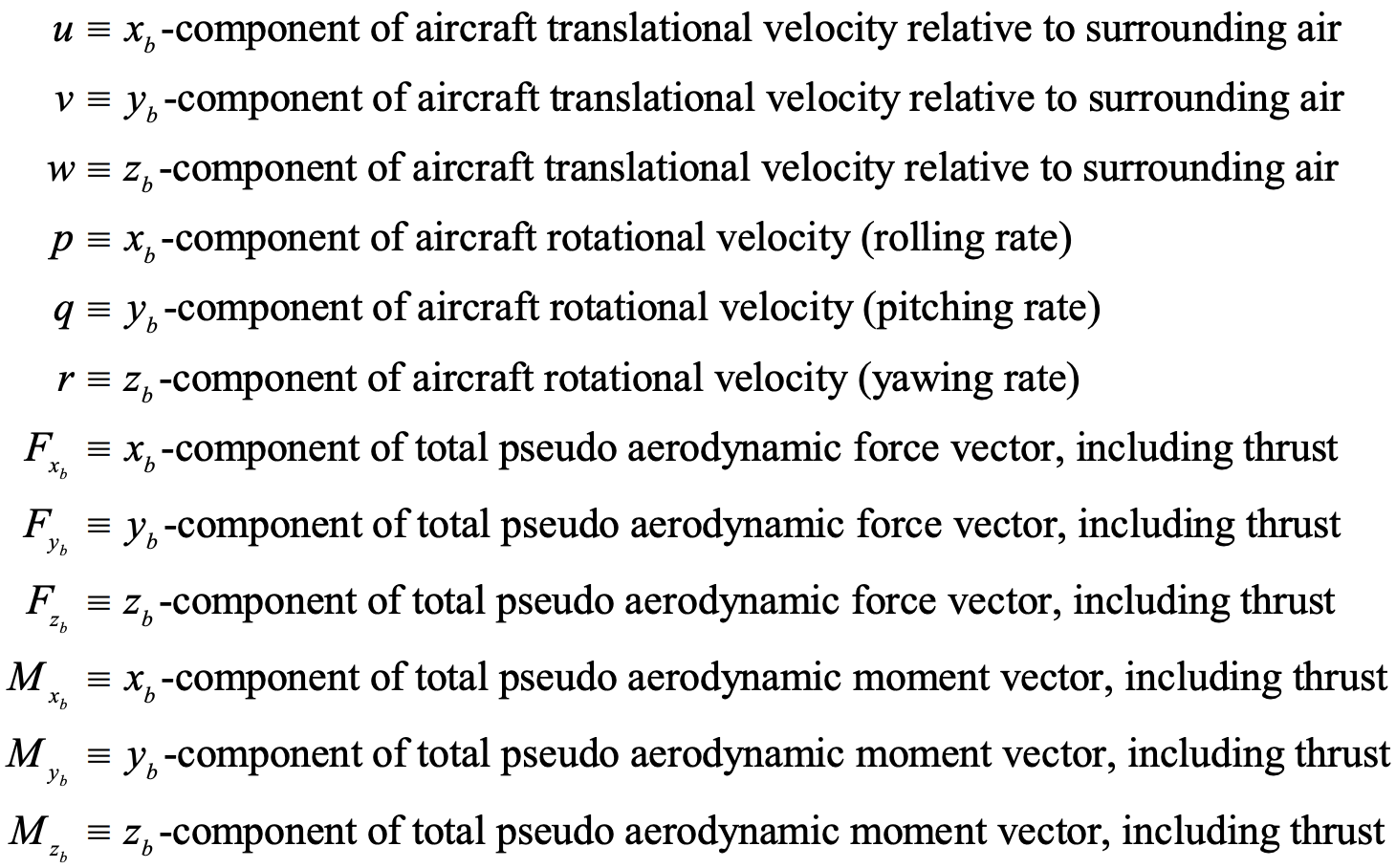Originally Posted by
flighthappens
Based on what?
Fair point.
(I'm in isolation during an engine change so my boredom may show through in the following)
background:
- T/W gives a starting point for an E-M analysis, which is relatively straightforward although it is dependent on the loadout and fuel state.
- Excess thrust is variable to aoa and to wing planform, and load drag count.
- Wing loading trumps almost everything.
As the great gummed one will note this is one of the E-M graphs that he would have been familiar with, and that is for the small mouth, but lightweight plane, as Boyd fought for. This is for mid-levels. At lower levels, thrust increases... and the energy deficit region shifts to higher turn rates. Energy Maneuverability AD372287 (1966) from APG Eglin, FL (that's John Boyds, Tom Christie's, and James Gibson's handiwork) gives enough data to set out altitude effects. (The profound effect of wing loading is evident in the turn performance of the MiG21 v the F4C, as while the planform of the MiG-21 is a high drag form, and the installed thrust gives inferior level acceleration (forget about the pre -bis low altitude vertical stab buffet... ) it gives the mod delta of the F4 a run for its money in turn.
Your Typhoon has lots of thrust... the wing is a relatively high drag, but it is a low wing loading and lightly loaded it has spectacular performance and agility. the Rafale is close to the same down low. Either of these will give an F-16 a serious run for their money. If the F16 has to go past a merge, it will be losing height to maintain a position that doesn't go defensive promptly. The F-18 will want to be very careful to avoid a furball. The 15EX would be interesting to assess on available data. The F-22 will still give both the EFA and Rafale a hard time. The F-35 will be wanting to take out the targets before the merge on available data.
To achieve a high sustained rate of turn, the former gold standard will eventually start to trade altitude, or will drop some rate but will eventually bleed speed,
As for the start of a furball, tactics will determine engagement height but physics will guide the tactics. Missile range is dependent on density; potential energy affects options; (the question asked); altitude alters AAI radar detection range and air defense radar....; the presence of SAM, AAA, terrain all impact the likely fragged profile, along with logistics of range/AAR constraints. Lots of variables, even the profiles that various forces train for. Presumably, an algorithm can be put out to give a probability plot of the likely approaches, heights, and force compositions, but then Sun Tsu gets a nod on the impact of surprise, so, yeah, your question is quite fair.
A defensive manoeuver for missile defense where you are up in the blue is likely to incorporate a lateral manoeuver to force a turn rate on the missile, and a change of altitude to increase the drag of the missile to reduce its velocity post booster burnout. A descent will achieve the latter and retain the energy state of the defensive aircraft.

In 1964, Boyd & co put out these E-M charts.... gotta love their work
Comparison of Brand X v Brang Y:
 BRAND X
BRAND X
 BRAND Y
BRAND Y
This matrix covers thrust vectoring solutions. I was thinking of adding the original equations that Boyd and Christie used, it is entertaining, but the quality is so bad of the copy that it need not have been declassified

Heck, I couldn't resist... it's a bit of the minimum time to climb solution the boys from Eglin did using Bryson & Denholns optimal programming method. doctors handwriting...
 Bryson and Denham, 1962. Bryson A.E., Denham W.F.A steepest-ascent method for solving optimum programming problems. J. Appl. Mech. (1962), pp. 247-257.
Bryson and Denham, 1962. Bryson A.E., Denham W.F.A steepest-ascent method for solving optimum programming problems. J. Appl. Mech. (1962), pp. 247-257.

